Aluminum Pipe Elbow for Saltwater Marine Equipment
High-performance aluminum pipe elbows specifically designed for saltwater marine equipment. Constructed from marine-grade aluminum alloys with superior corrosion resistance, light weight, and high strength, these elbows provide reliable, long-term service in seawater, bilge, cooling, and deck piping systems. Available in multiple angles, sizes, tempers, and surface treatments to suit propulsion, plumbing, HVAC, fuel venting, and instrumentation on boats, ships, and offshore platforms.
Product Overview
Aluminum pipe elbows for saltwater marine equipment are precision-formed fittings that change the direction of piping runs while offering resistance to corrosion from seawater, spray and marine atmospheres. They are manufactured from marine-grade alloys (commonly 5083 and 6061 variants) using methods such as extrusion, mandrel bending, or casting, then finished with protective surface treatments. Their combination of low density, excellent strength-to-weight ratio, and good corrosion resistance make them an ideal choice wherever weight savings and durability against chloride environments are priorities.
Features
- Marine-grade alloy constructions (5083, 6061, 6063, 5052).
- Excellent resistance to pitting and crevice corrosion in seawater.
- Lightweight compared to steel alternatives — reduces vessel weight and fuel consumption.
- High strength-to-weight ratio and good fatigue resistance.
- Multiple bend angles: 45°, 90°, 60°, and custom radii.
- Available in seamless extruded, mandrel-bent, or cast forms for different service pressures.
- Compatible with common joining methods: welding, flaring, mechanical clamps, and marine-grade adhesives.
- Surface finishes available: mill, anodized, chromate conversion, marine-grade paint, and epoxy coating.
- Meets common marine standards and classification society requirements (e.g., ABS, DNV-GL, Lloyd’s Register) when specified.
Typical Applications
- Sea chest piping and seawater cooling circuits (engine, heat exchangers, condensers).
- Bilge and ballast lines.
- Fire suppression and deck wash systems.
- HVAC seawater-cooled condensers and chiller circuits.
- Freshwater tanks and potable water distribution on vessels (with appropriate alloy/liner).
- Fuel venting and low-pressure fuel lines (with appropriate alloy and certification).
- Offshore platform utility piping and risers (non-pressurized or moderate pressure).
- Instrumentation and sensor housings where bent piping is required.
Technical Specifications
Note: Values shown are typical ranges. Final selection should be based on engineering calculations, classification rules, and project specifications.
General mechanical properties by common alloy/temper:
| Property / Alloy | 5083-O/H116 | 6061-T6 | 6063-T6 | 5052-H32 |
|---|---|---|---|---|
| Density (g/cm³) | 2.66 | 2.70 | 2.70 | 2.68 |
| Tensile Strength (MPa) | 275–350 | 310–350 | 200–310 | 225–270 |
| Yield Strength (MPa) | 145–215 | 240–275 | 145–220 | 120–160 |
| Elongation (%) | 10–20 | 8–12 | 8–14 | 7–18 |
| Hardness (HB) | 50–80 | 95–110 | 60–95 | 40–70 |
| Corrosion Resistance in Seawater | Excellent | Good | Good | Very Good |
Chemical Composition (nominal ranges wt%) — typical alloys used:
| Element | 5083 | 6061 | 6063 | 5052 |
|---|---|---|---|---|
| Al | Balance | Balance | Balance | Balance |
| Mg | 4.0–4.9 | 0.8–1.2 | 0.45–0.9 | 2.2–2.8 |
| Mn | 0.4–1.0 | 0.15–0.4 | 0.1–0.5 | 0.1–0.5 |
| Si | 0.4 max | 0.4–0.8 | 0.2–0.6 | 0.25 max |
| Fe | 0.4 max | 0.7 max | 0.35 max | 0.4 max |
| Cu | 0.1 max | 0.15–0.4 | 0.1 max | 0.1 max |
| Cr | 0.05–0.25 | 0.04–0.35 | 0.05 max | 0.15–0.35 |
| Zn | 0.25 max | 0.25 max | 0.25 max | 0.1 max |
| Others | ≤0.15 each | ≤0.15 each | ≤0.05 each | ≤0.05 each |
Standard Dimensions & Bend Geometry
Common manufactured elbow sizes conform to pipe nominal sizes used on marine vessels. Options include short-radius (1D), long-radius (1.5D or 3D), and custom radii.
| Nominal Pipe Size (in) | O.D. (mm) approx. | Typical Bend Radius | Typical Wall Thickness (mm) |
|---|---|---|---|
| 1/2" | 21.3 | 1D, 1.5D, 3D | 2.0–4.0 |
| 3/4" | 26.9 | 1D, 1.5D, 3D | 2.0–4.5 |
| 1" | 33.7 | 1D, 1.5D, 3D | 2.0–5.0 |
| 2" | 60.3 | 1D, 1.5D, 3D | 2.5–6.0 |
| 4" | 114.3 | 1.5D, 3D | 3.0–8.0 |
| 6" | 168.3 | 1.5D, 3D | 3.5–10.0 |
Available Bend Angles and Types
| Bend Angle | Description |
|---|---|
| 45° | Gentle directional change, reduce pressure loss |
| 60° | Intermediate change, used where space dictates |
| 90° | Common for deck and compartment turns |
| Custom | Any angle or combination of bends available on request |
Surface Treatments & Coatings
| Treatment | Purpose | Typical Saltwater Performance |
|---|---|---|
| Mill finish | Cost-effective, as-produced | Requires sacrificial design or additional protection for long-term use |
| Anodizing (Type II/III) | Increases surface hardness, enhances corrosion resistance | Good for thin-walled elbows and non-welded parts |
| Chromate conversion (Alodine) | Provides chemical passivation for painted or bare areas | Good pre-paint corrosion protection |
| Epoxy / Marine paint | Barrier protection in aggressive environments | Excellent when properly applied and maintained |
| Cathodic protection considerations | Use with sacrificial anodes when attached to dissimilar metals | Recommended in mixed-metal systems |
Joining and Installation Methods
- Welding: TIG (GTAW) and MIG (GMAW) with proper filler (e.g., ER5356 for 5xxx alloys, ER4043/ER4047 for 6xxx when design allows). Pre- and post-weld heat treatment vary by alloy — 5xxx alloys generally not heat-treatable, 6xxx are heat-treatable.
- Mechanical couplings: Compression fittings, Victaulic-style couplings for quick assembly.
- Flanged connections: For removable segments and class-approved systems.
- Adhesives/Sealants: Marine-grade sealants for low-pressure, non-structural joints.
- Threading/Flaring: For small diameters; use caution with corrosion at joints.
Corrosion and Compatibility Notes
- 5xxx series (e.g., 5083, 5052) show superior corrosion resistance in seawater and are often preferred for marine piping.
- 6xxx series (6061, 6063) are workable and readily extruded but less resistant to chloride attack; consider protective coatings or cathodic protection.
- Avoid galvanic corrosion by insulating aluminum elbows from dissimilar metals (steel, copper, bronze) or use proper anodes and isolation fittings.
- Crevice and pitting corrosion can be mitigated via design, material selection, and maintenance.
Testing and Certification
Typical tests performed on marine aluminum elbows:
- Hydrostatic pressure testing to specified class or design pressure.
- Visual and dimensional inspection per drawing.
- NDT for welds: dye-penetrant, ultrasonic, or radiography depending on criticality.
- Chemical analysis / optical emission spectroscopy to verify alloy composition.
- Mechanical property tests: tensile, hardness.
- Salt spray (ASTM B117) and immersion tests for qualification in certain cases.
Example Performance Data (Representative)
| Parameter | Value |
|---|---|
| Service temperature range | -40°C to +80°C (continuous); short peaks up to 120°C depending on alloy and coating |
| Typical pressure rating | 0.5 – 10 MPa depending on wall thickness, nominal pipe size and manufacturing method |
| Expected service life in marine atmospheric exposure | 10–30+ years with proper maintenance and protective coatings |
| Weight savings vs steel elbow (approx.) | 60–70% reduction |
Selection Guidelines
- Choose alloy based on corrosion environment and mechanical needs (5083/5052 for best seawater resistance; 6061/6063 for manufacturability).
- Select bend radius to minimize pressure drop and erosion; long-radius elbows are preferred for high flow and particulate-laden seawater.
- Specify wall thickness for required pressure rating plus corrosion allowance.
- Define surface treatment and cathodic protection strategy for mixed-metal assemblies.
- Require appropriate testing and class approvals when used on commercial vessels or offshore installations.
Maintenance and Inspection
- Regular inspections for pitting, crevice corrosion, and joint integrity (visual and NDT where required).
- Monitor and replace sacrificial anodes as part of cathodic protection.
- Recoat or touch up protective finishes during scheduled maintenance to prevent exposure.
- Verify and maintain proper isolation at dissimilar metal connections.
Ordering Information & Customization
Standard product lines include commonly used angles and sizes in extruded/mandrel-bent formats. Custom options:
- Special alloys or tempers for higher strength or better corrosion performance.
- Custom bend angles, multi-plane elbows, and fabricated assemblies.
- Integrally flanged ends, welded stub ends, or machined fittings.
- Certified material test reports (MTR), traceability, third-party inspection and classification society approvals.
Contact & Support
For technical drawings, pressure ratings for a specific size/thickness, welding procedures, or custom quotes, please provide:
- Nominal pipe size and OD
- Required bend angle(s) and radius
- Alloy and temper preference (if any)
- Operating pressure and temperature
- Corrosion protection/finish required
- Relevant class society or project certification needs
Related Products
6061-T6 90-Degree Marine Aluminum Pipe Elbow
Manufactured from premium 6061-T6 marine-grade aluminum alloy, this elbow fitting is engineered to provide reliable and efficient pipe direction changes within shipbuilding, offshore platforms, and marine infrastructure systems.
View DetailsMarine aluminum round tubes
Marine Grade Aluminum Round Tubes are manufactured from premium marine alloys such as 5083, 5052, 6061, and 6082, all selected for their proven resistance to seawater corrosion and marine atmosphere degradation.
View DetailsCustom marine aluminum profile tubes
Custom Marine Grade Aluminum Profile Tubes are manufactured from premium marine aluminum alloys such as 5083, 5052, 6061, and 6082.
View DetailsMarine aluminum square tubes
Marine Grade Aluminum Square Tubes are typically constructed from marine-grade alloys such as 5083, 5052, 6061, and 6082—well-known for their ability to withstand the aggressive effects of saltwater and marine atmospheres.
View DetailsMarine aluminum rectangular tubes
Marine Grade Aluminum Rectangular Tubes are made from high-performance alloys such as 5083, 5052, 6061, and 6082. These alloys are renowned for their ability to resist corrosive seawater and marine atmospheres while providing excellent mechanical strength and toughness.
View DetailsRelated Blog
Marine Aluminum Pipe Elbow for Desalination Plant Connections
In modern desalination plants, the choice of piping components is critical to ensuring efficiency, longevity, and resistance to harsh marine environments.
View Details5052 Marine Aluminum Tubes for Shipbuilding Engineering Parts
In the demanding world of shipbuilding engineering, materials are constantly put to the test by harsh marine environments. Among the myriad of metals options, 5052 Marine Aluminum Tubes is know for their remarkable balance of strength.
View DetailsMarine Aluminum Pipe Elbow for Emergency Fire Suppression Lines
In the domain of marine safety systems, reliability and durability are paramount. Among the essential components in fire suppression systems onboard ships and offshore platforms is the Marine Aluminum Pipe Elbow used in emergency fire suppression lines.
View DetailsHeavy Duty Aluminum Elbow for Marine Piping Systems
In marine environments, robustness and reliability of piping systems are non-negotiable. The Heavy Duty Aluminum Elbow ($90^{\circ}, 45^{\circ}$ angles or customized) emerges as a critical junction component in marine piping installations.
View Details6061 Marine Aluminum Tubes for Custom Boat Frame Solutions
When it comes to constructing custom boat frames, marine-grade materials play a crucial role in ensuring longevity, safety, and performance. Among the vast selection of marine-grade metals.
View DetailsMarine Aluminum Pipe Elbow for Shipbuilding
In the ever-evolving shipbuilding industry, the choice of materials plays a pivotal role in ensuring vessel performance, safety, and longevity.
View Details

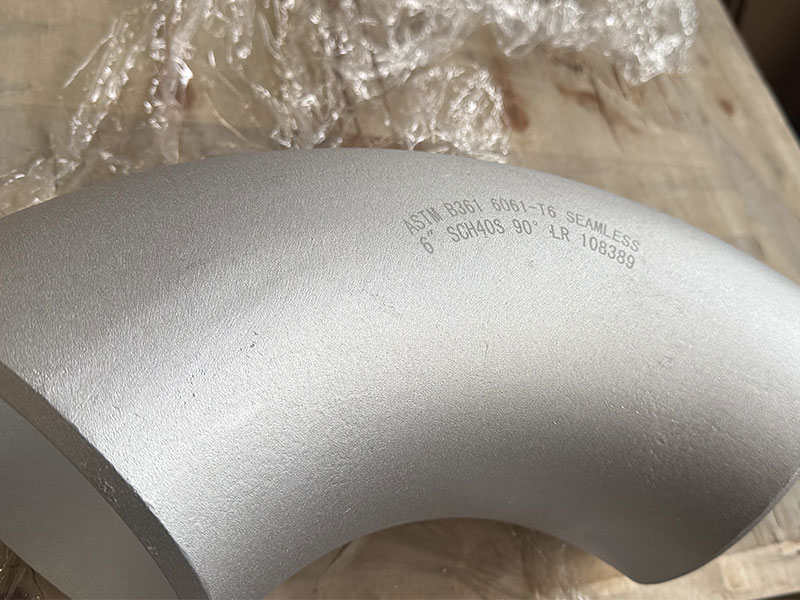
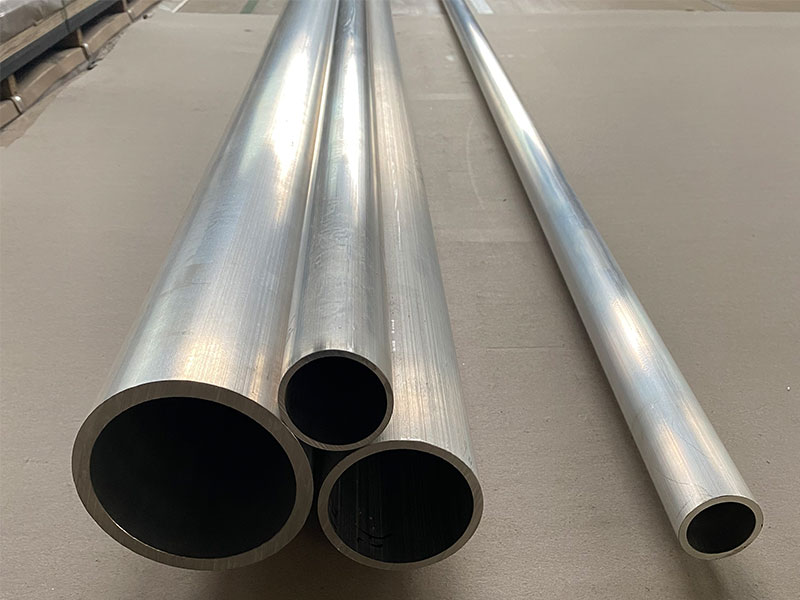
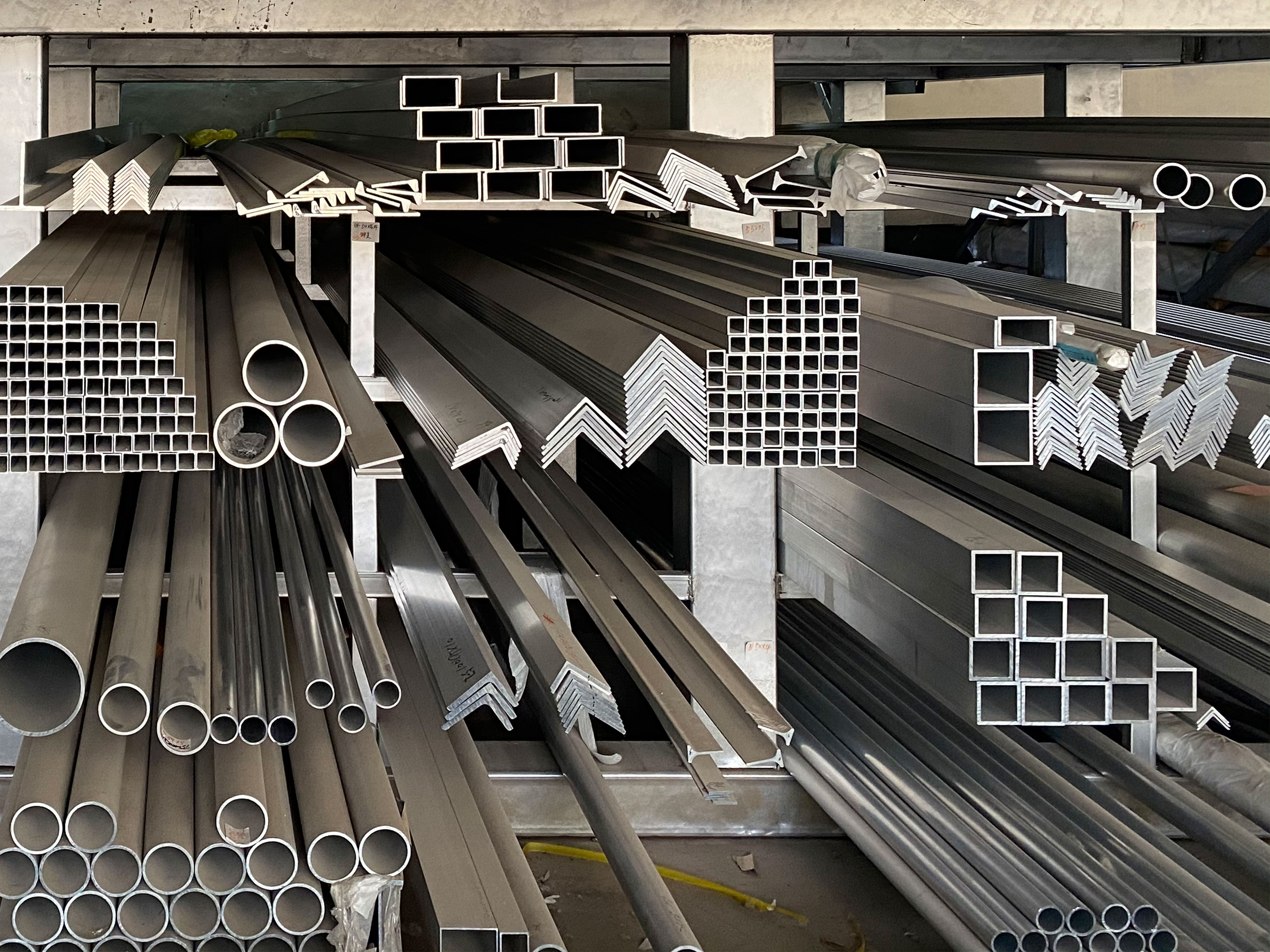
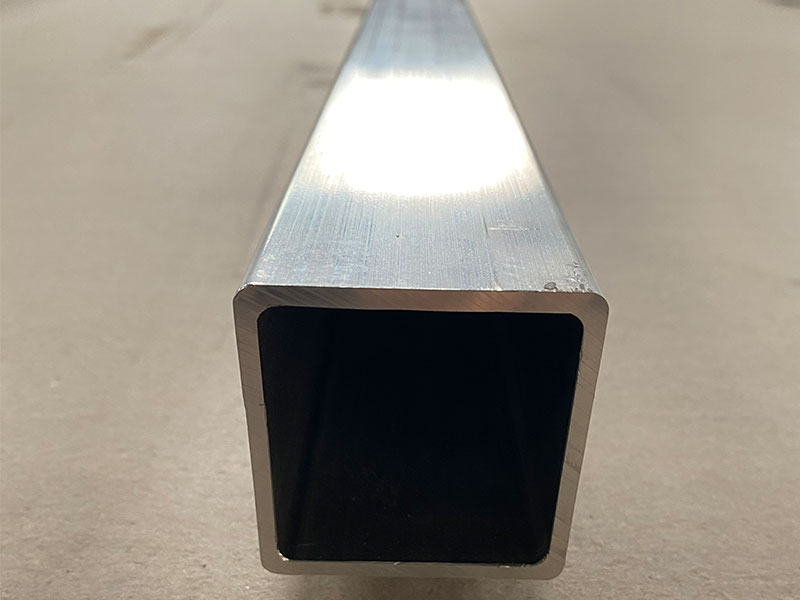
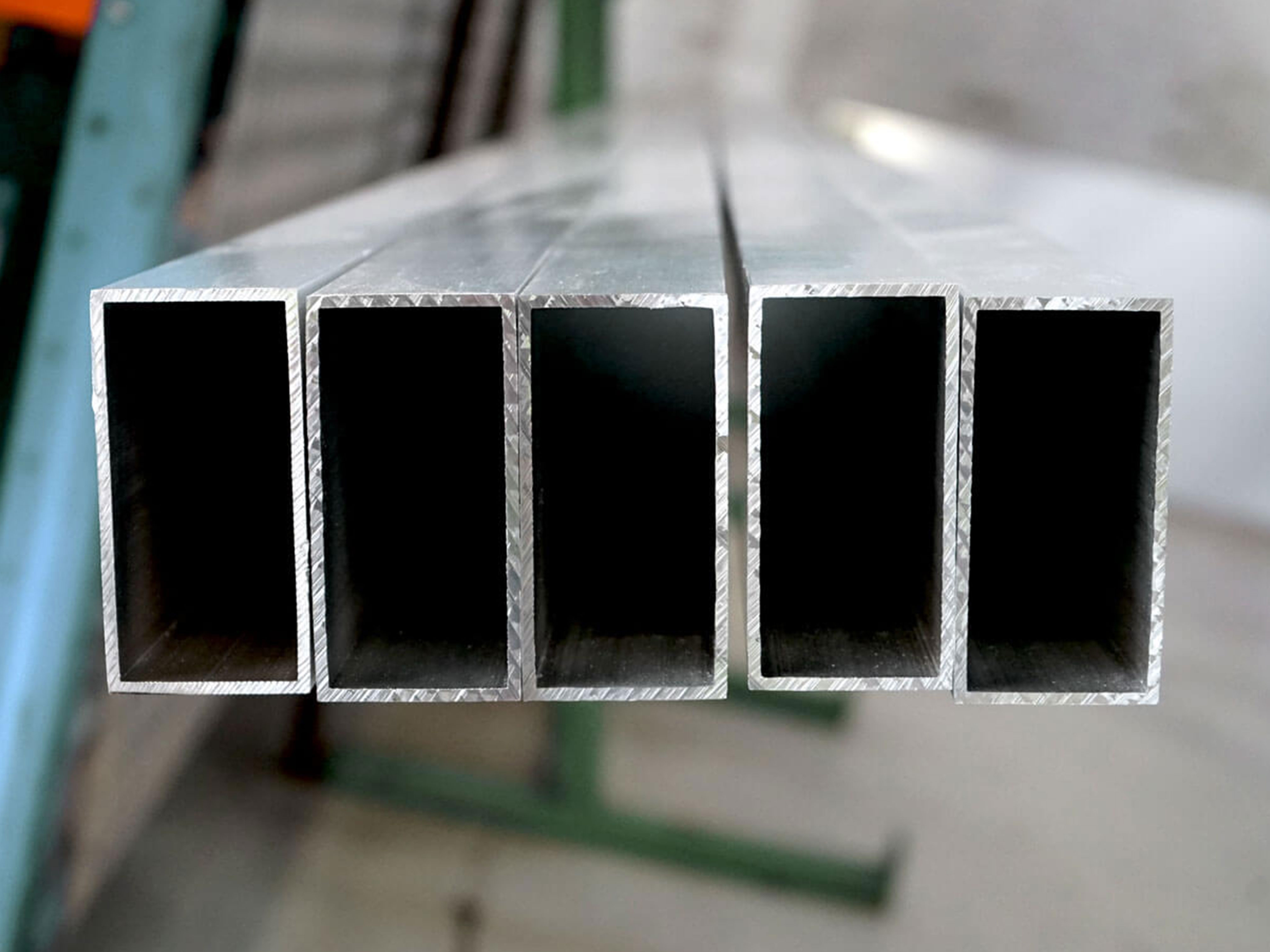







Leave a Message